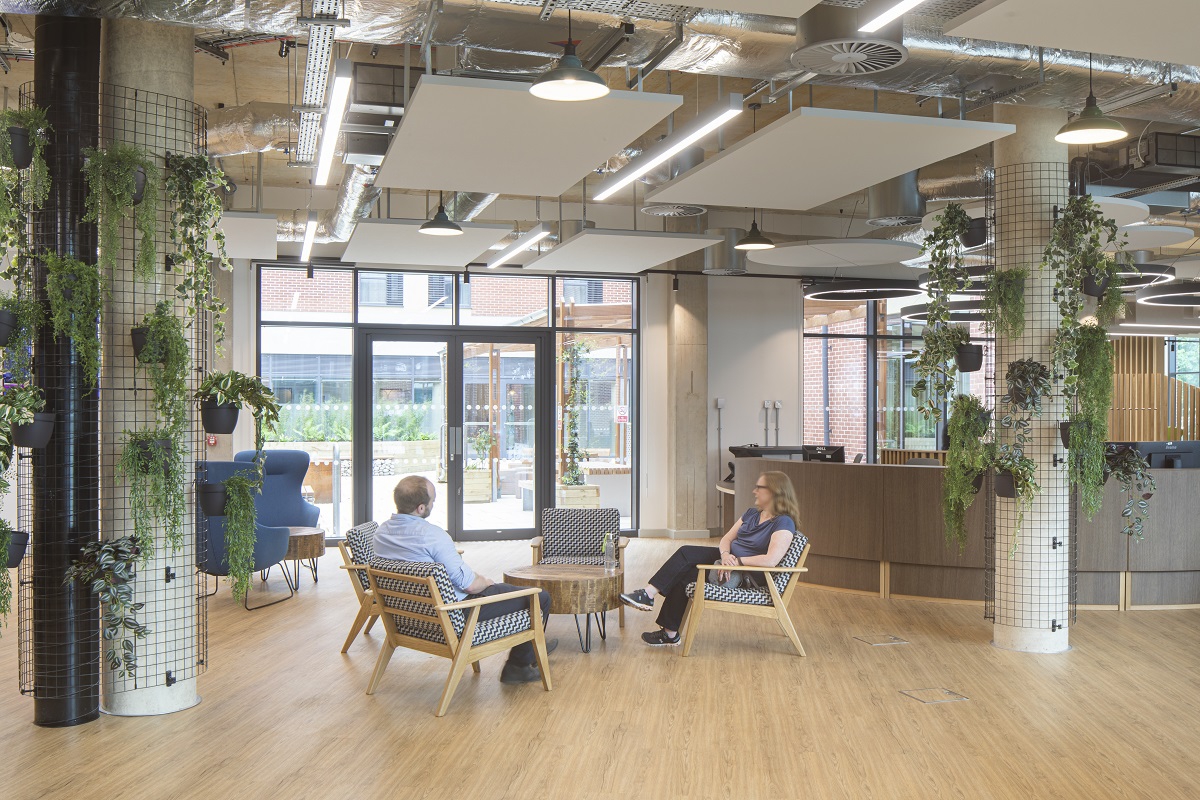
Designing the Future: How Hybrid Learning is Shaping University Spaces
The future of higher education is undeniably hybrid, seamlessly blending in-person and virtual learning to create a more flexible, accessible model that’s redefining the way that universities function.
As flexibility has shifted from a perk to a necessity, today’s students—many shaped by their experience with hybrid schooling during the pandemic—are redefining the expectations of educational spaces. In the years following the pandemic, research has uncovered a nuanced shift in students' preferences. Gensler’s 2023 Education Index highlights a crucial trend: while there has been a growing desire for more on-campus experiences, with 45% of students preferring a fully on-campus experience, the majority of students, educators, and staff now seek a hybrid or virtual model, which doesn’t necessarily mean off-campus, but from other dedicated learning spaces.
To meet these modern demands, educational institutions must rethink the design of their campuses. Spacestor’s free downloadable guide, Designing for Education, explores these key trends in modern education design and showcases how universities can meet these challenges head-on.

Flexibility and Personalization
It’s essential to understand the unique needs of each community to avoid creating a one-size-fits-all experience and instead design environments that support diverse and adaptable ways to engage. Educational spaces must be versatile, offering students the ability to reconfigure environments to suit their individual or collaborative needs.
Our collaboration with Birmingham City University exemplifies how flexibility can be integrated into higher education spaces. We installed several Railway Carriage booths, transforming the campus into a hub for both individual concentration and group work. Equipped with tech integration, power outlets, and customizable options, these booths are the epitome of a flexible learning environment, adaptable to any activity.
Personalization is equally crucial as when students feel a sense of ownership over their surroundings, it enhances their engagement and overall experience. Our HotLockers are a great example, offering secure storage solutions that can be seamlessly integrated into any campus area and assigned to a student depending on their schedule. Whether in study zones or communal spaces, personalized or branded lockers help foster a sense of belonging—an important factor in student wellbeing.
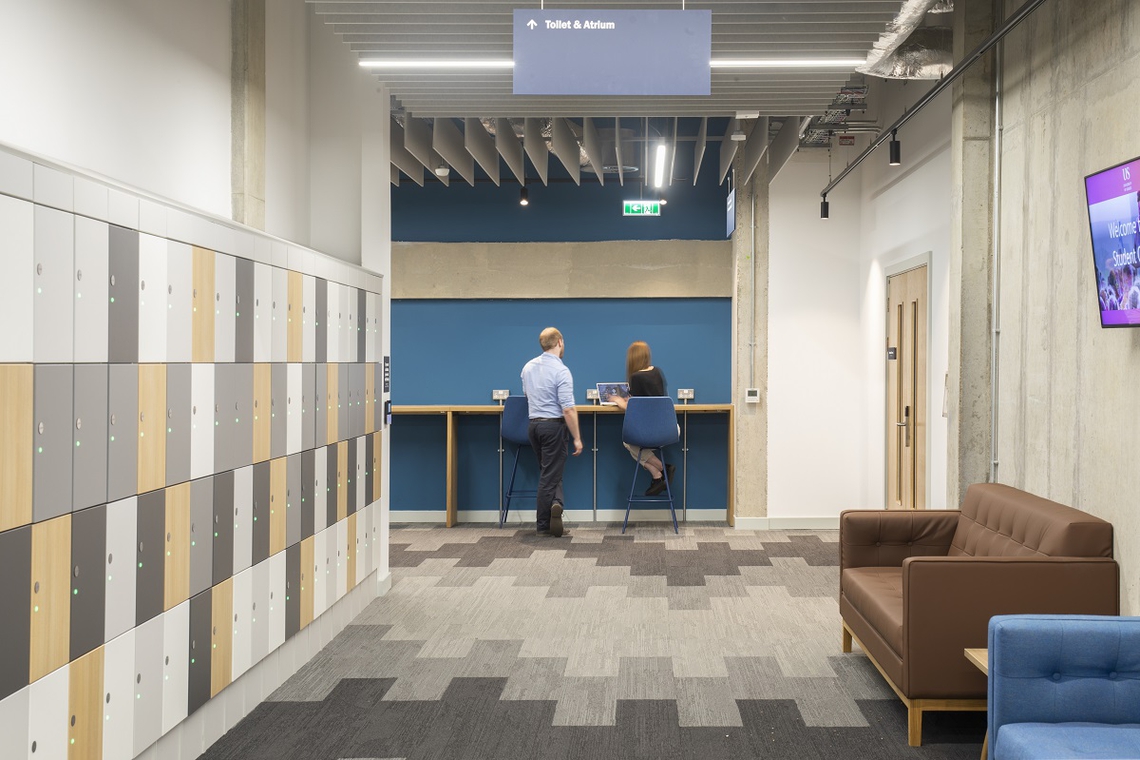
Tech-Enabled Spaces
Technology plays a pivotal role in the success of hybrid learning, with universities increasingly embracing smart classrooms that incorporate interactive displays, video conferencing tools, and integrated software to support both in-person and virtual engagement. At Spacestor, we’ve designed the Portals Studio with this hybrid collaboration in mind, providing seamless tech integration to support group work, virtual meetings, and everything in between.
A great example of this is our collaboration with the University of East London, where we tailored spaces for hybrid work and virtual meetings. Our Residence Connect booths were installed to provide the ideal hybrid meeting environment, featuring adjustable lighting, ergonomic seating, and built-in tech, making sure students can fully immerse themselves in both physical and virtual learning spaces.
This tech-forward approach aligns perfectly with insights from Work Design Magazine, which emphasizes the importance of seamlessly integrating technology into educational spaces. By equipping classrooms and study areas with the right tools, universities can ensure an enhanced learning experience—whether students are engaging in person or online.
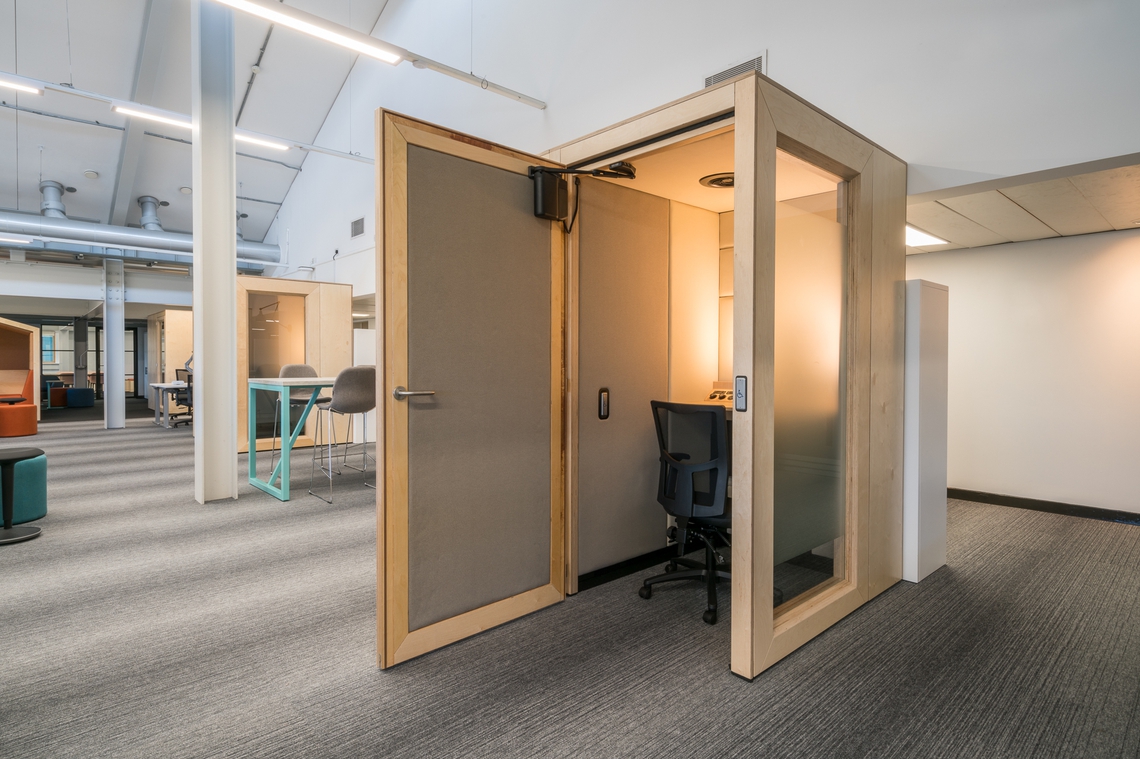
Wellbeing at the Forefront
Functionality is important, but it’s crucial that educational environments promote both physical and mental health. As we seek to create supportive spaces, it’s important to emphasize overall well-being. A 2022 Wiley report found that “supporting students through their financial, mental, and emotional struggles can also help institutions with multiple challenges, including enrollment, retention, and engagement levels.”
According to Gensler, schools are increasingly being called upon to support the "whole student," addressing not just academic needs but also emotional, physical, and social well-being. This focus on wellbeing through thoughtful design can be seen through our work with Swansea University, where we designed collaborative spaces at their School of Management that combine biophilic design elements, like natural wood finishes and green, earthy tones. These spaces not only offer a sense of calm but also encourage student interaction, reflecting how well-designed environments can promote both wellbeing and academic engagement.
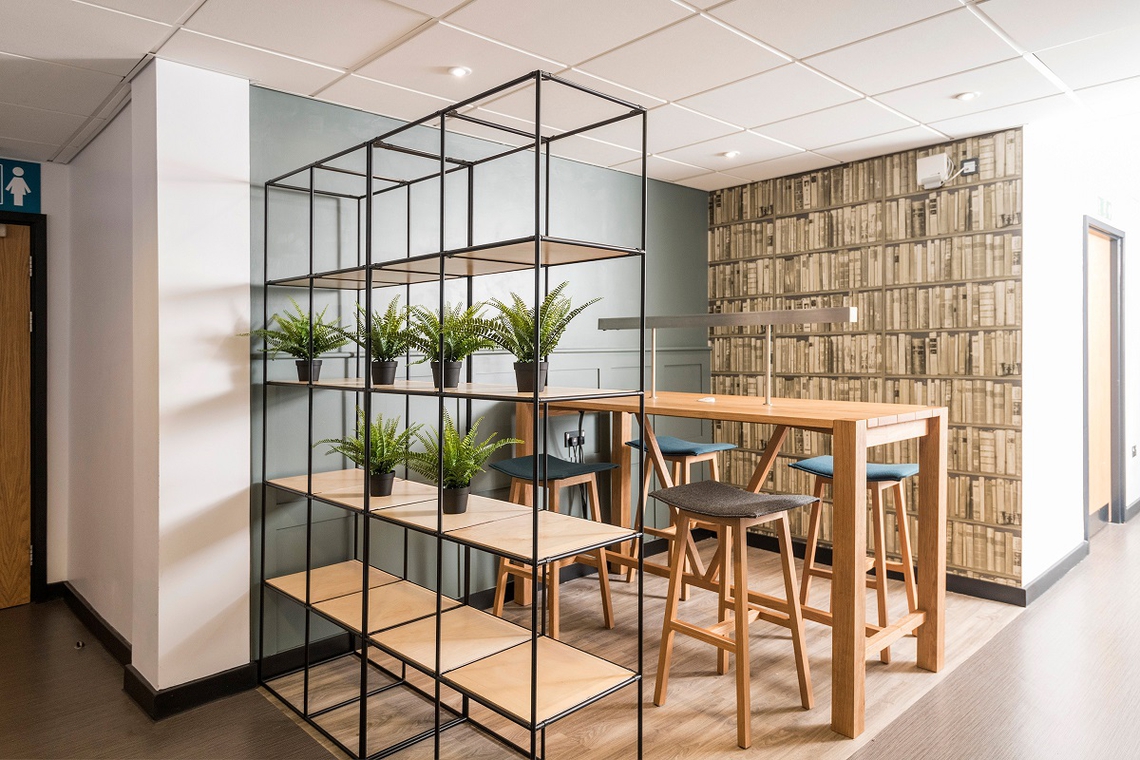
The integration of ergonomic furniture like height-adjustable desks and supportive seating can reduce fatigue, enhance focus, and enable students to stay engaged for longer periods. These small but impactful design choices align with a growing body of research that links physical comfort directly to mental clarity and academic success.
This new direction in university design reflects a broader cultural shift towards holistic wellness, recognizing that student success is as much about creating spaces that support the mind and body as it is about academic resources.

Community-Centric Design
One of the key challenges posed by hybrid learning is ensuring that students still feel a deep sense of community, even if part of their academic experience happens online. In Gensler’s Education Engagement Index, there are some strong findings around the link between belonging, relationships, motivation, engagement, and learning outcomes, emphasizing that creating spaces where students can build connections is essential for fostering a sense of belonging and motivation.
Community is not just about learning in the same room, it’s about how the space facilitates engagement. Universities that design their spaces to encourage collaboration and social interaction, while providing ample room for personalization, are enhancing the overall academic experience.
This philosophy can be seen at the University of East London. With the modular Bleachers seating system and Railway Carriage booths playing a key role throughout the environment, offering an ideal spot for collaboration sessions, socialization or simply providing a quiet retreat for focused work. The whiteboard back of the Railway Carriages in this project further enhances this flexibility, creating an additional area for interactive discussions and teamwork. This thoughtful approach allows students to flow between group activities and solo study, building a sense of community while catering to a diverse range of learning styles and needs.
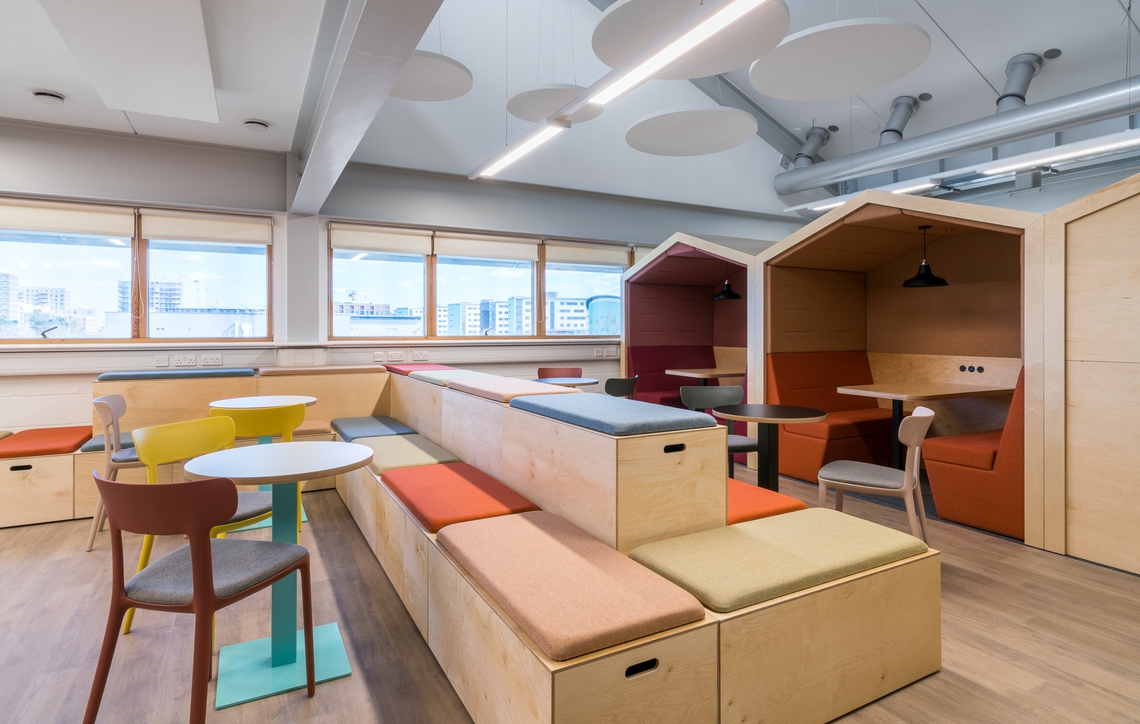
As hybridity becomes an integral part of the future of education, with a greater requirement for in-person learning, universities must rethink their approach to campus design. Flexibility, technology, personalization, and wellbeing should be at the core of every decision. By aligning with these evolving needs, universities can future-proof their campuses, offering environments where students are empowered to succeed in a holistic and supportive way.
To learn more about key educational design insights and solutions that can transform your institution’s learning spaces, download our full guide, Designing for Education and discover how you can future-proof your educational spaces to meet the needs of today’s hybrid learners and foster the success of tomorrow’s workforce.
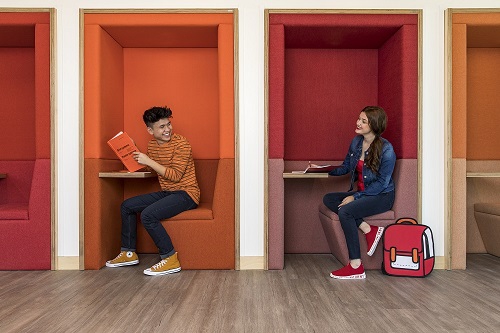
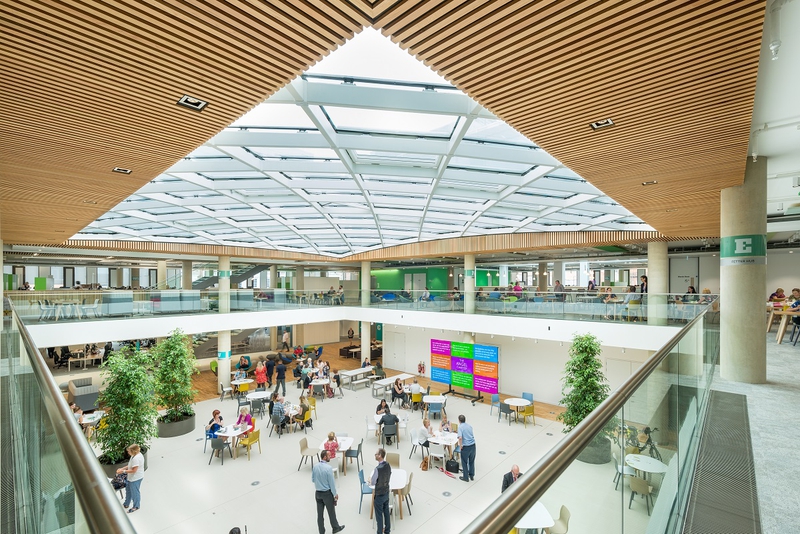
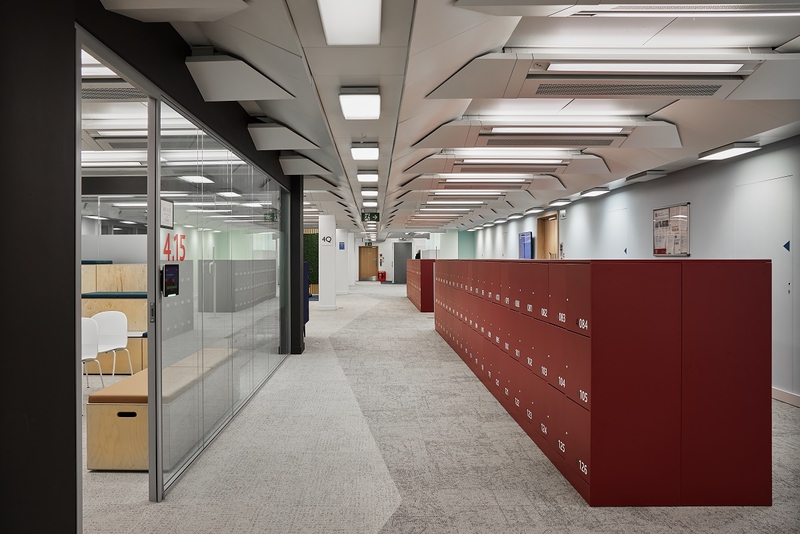



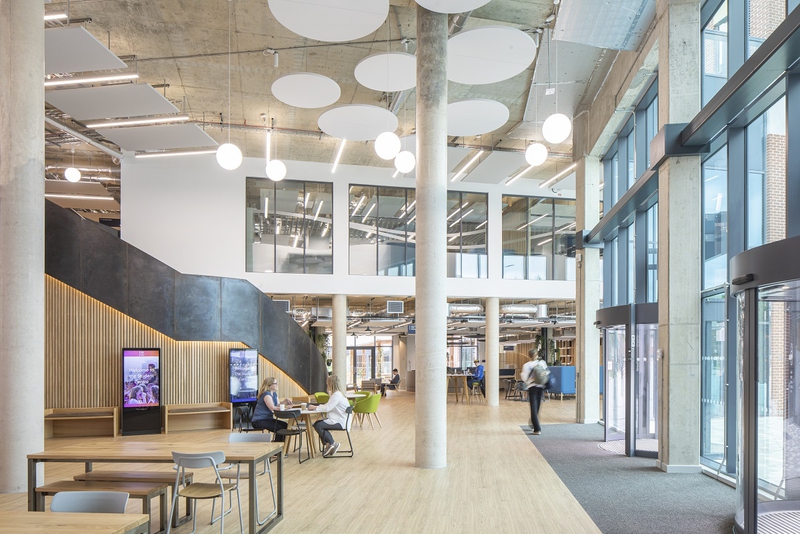
The new student centre for the University of Sussex reflects a whole new way of learning focussing on wellbeing, sustai…
EDUCATION
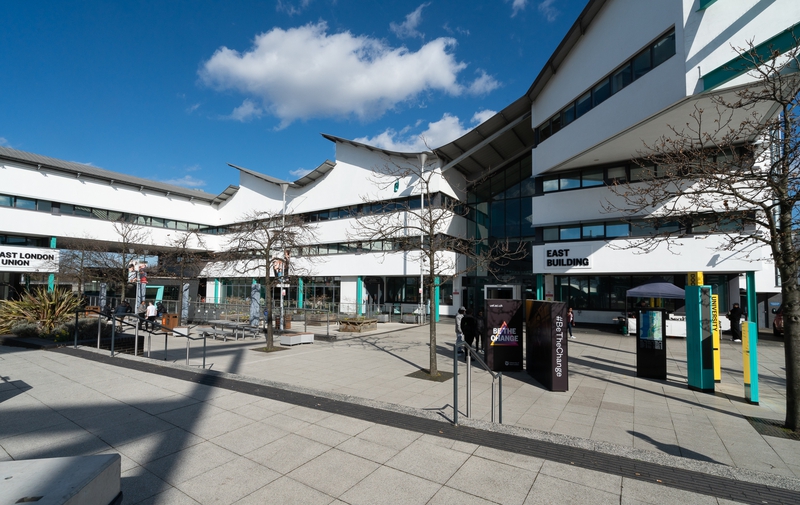
Flexible working and forward-thinking collaborative workspace at one of London's leading universities, University of Ea…
EDUCATION
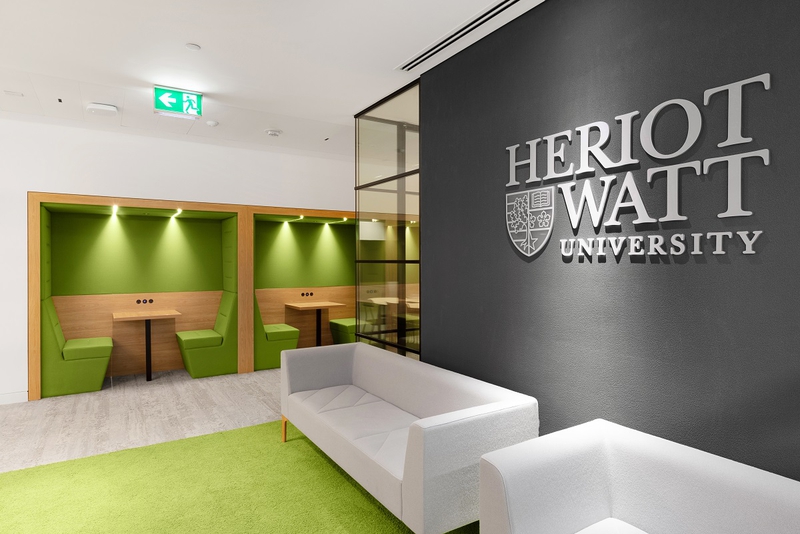
A brand new campus at the Dubai Knowledge Park, shining a light on the future of education spaces
EDUCATION